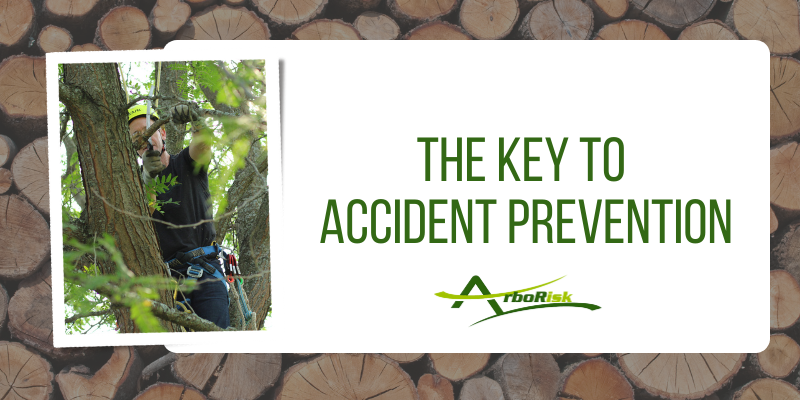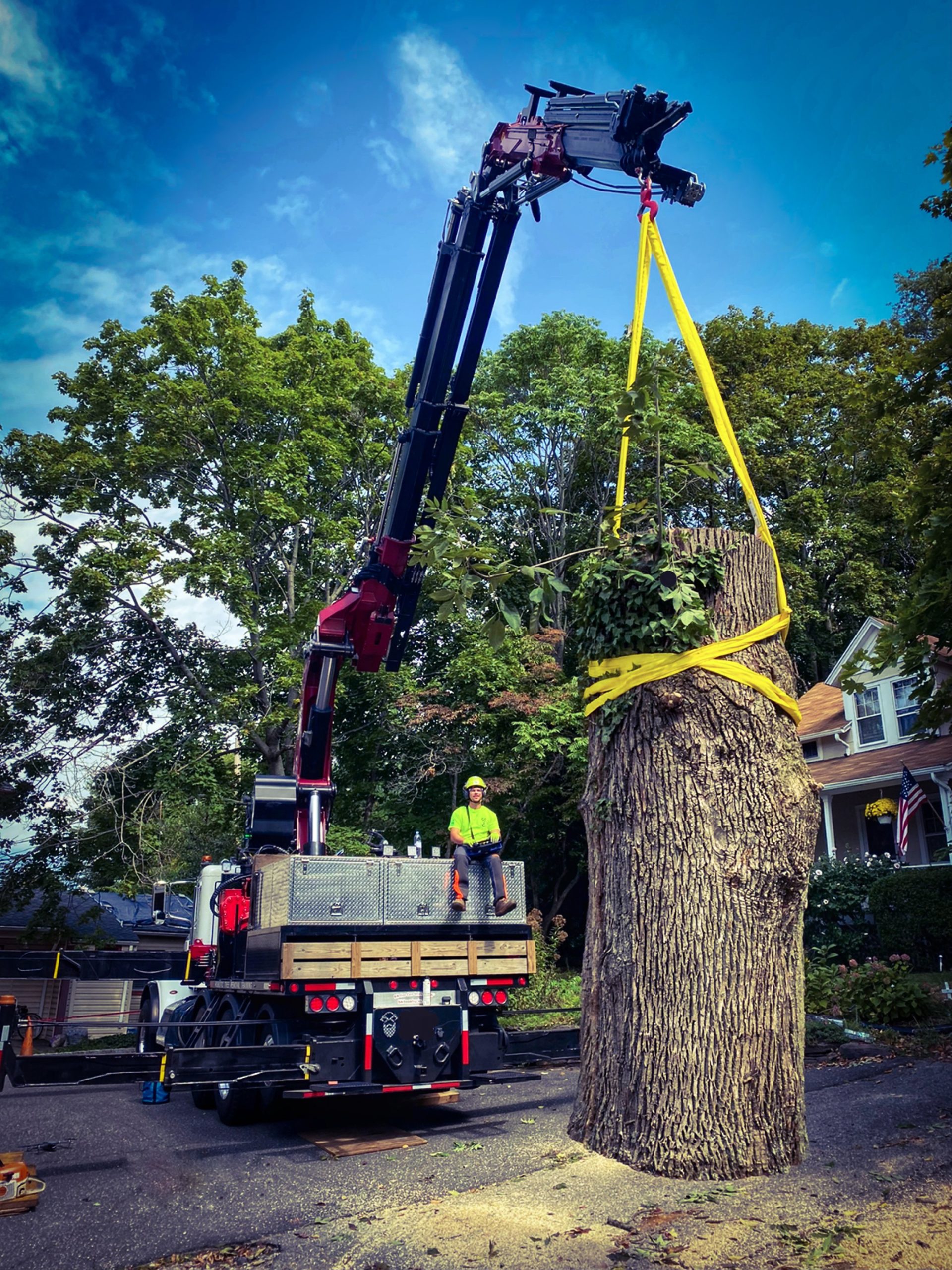Using AI In Your Tree Care Company
Using AI In Your Tree Care Company
Written by Katie Petersen
By now I’m sure you’ve heard of AI and its impact on marketing strategies. If you haven’t yet played around with AI, specifically ChatGPT, I highly encourage you to start! AI is here to stay and while there are some precautions to take with it, it is a game-changer for content creation for your business.
Think of AI as your marketing assistant, but a super smart one! It helps businesses understand their customers better and make smarter decisions without needing to be an expert. Imagine having a friend who knows exactly what your customers want and can even predict what they might need next—that’s AI in marketing for you!
AI will help your business work smarter, not harder, and will eliminate wasted time so that you are free to complete other tasks! Here are a few ways that AI can revolutionize your marketing strategies in 2024:
- Personalized Customer Experiences: By using AI, you can easily analyze data already in your system to understand individuals’ preferences, behaviors, and purchase patterns. From this data, you can create experiences tailored directly to your consumers, delivering the correct message to the right audience at the optimal buying time. Looker, Akkio, or Polymer are all great options if you want to integrate all of your data in one spot and have AI identify trends, behaviors, and purchase patterns.
- Content Generation and Optimization: The next time you are feeling stuck for content, take a few ideas you have and put them into ChatGPT. It will produce content for you based on your prompt, which you can then use and edit on your own, or ask it to expand or simplify what it wrote. This is a great way to end writer’s block and to batch create content efficiently! Plus, the free one works great, meaning no need to purchase the paid option!
- Marketing Automation and Workflow Optimization: Similar to content generation, AI can help you automate some practices within your business. You can have AI create email marketing campaigns, scheduling and data analysis that then works for your business without you having to do it yourself. There is some set-up involved, but once you get the hang of it, you’ll wonder why you didn’t do it sooner! Outreach and Drift are two AI softwares that will integrate with your current procedures and spit back key messaging across your data.
- Voice Search Optimization: Voice search has seen an increase in 2023 and will continue to rise in 2024. AI helps optimize content for voice-enabled devices. By helping to understand user intent and context with searches, AI strategies will optimize your content to match your audiences’ search queries.
- Social Media Insights: AI tools can analyze social media engagement and conversations, giving you data on trends with your audiences’ behavior. This can help you tailor future social media campaigns to your audiences’ preferences, aiding in brand perception management. HootSuite and Sproutsocial are two platforms that you can use to organize content and they have integrated AI into their platform to help you analyze your data more easily. Circleboom and Lately are also user friendly and support AI to help you generate content. Answer the Public is another great social tool that will analyze your audience and their patterns.
ChatGPT may seem scary, but it is like anything else – once you start using it, it’s actually pretty helpful! Try this: access ChatGPT here. There is no need for you to purchase a higher version; the free version works just fine! Input this prompt into the search box: “Write me a blog post about 5 trends in arboriculture for 2024. Make the post professional but give is a conversational voice as well. This article is for prospective customers who do not know anything about arboriculture.”
What did it spit back out? I’m guessing it gave you a smaller, more condensed article. That’s okay! If you want to use that and expand on it, go ahead! If not, you can ask ChatGPT to go more in depth, to clarify certain points, or to do something entirely different. Either way, you’re not starting from square one. You can now take that information, add in your own personalization and brand voice, and you have a blog post to easily implement on your website and social media!
These are just a few of the ways that AI can assist your business in 2024. It helps businesses stand out by creating personalized experiences that make customers feel special and keeps them coming back for more. My advice? Start out by trying ChatGPT when you’re done reading this article!
If you’re struggling trying to utilize technology and AI in your marketing, reach out to an ArboRisk team member today to sign up for our Thrive Sales & Marketing Package!









Recent Comments